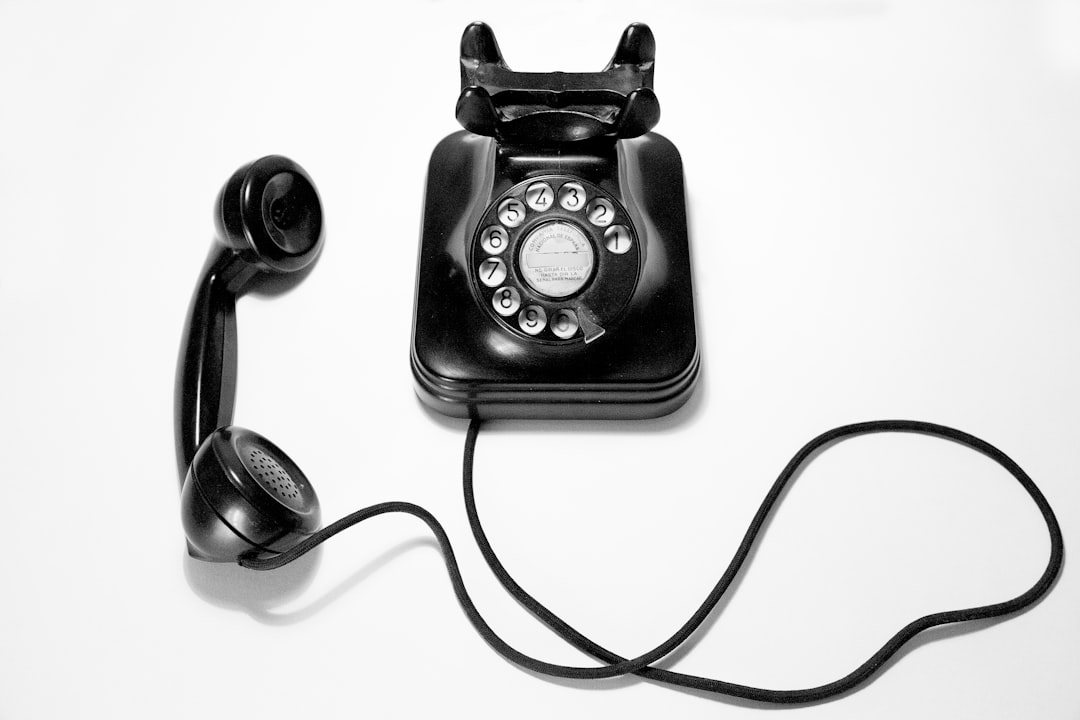New York City's vibrant culture is plagued by spam calls, driven by scammers accessing personal data from databases and online sources. To combat this, residents need to understand the evolving spam landscape, implement robust data protection, stay informed about scam trends, and take proactive measures. Advanced tools like machine learning algorithms and real-time call recording are crucial for accurate spam identification. Analyzing call data reveals recurring patterns, aiding in detecting emerging scams and enabling network-level strategies to protect NYC residents from unwanted calls through targeted interventions, such as those discussed at How to Stop Spam Calls New York.
New York City, a global hub of communication, faces unique challenges in combating spam calls. With millions of daily phone interactions, identifying and curbing unwanted calls is an intricate task. This article explores NYC’s spam call landscape, delving into the data collection process, from the techniques employed to navigate privacy laws. We then analyze call patterns, providing insights on how to stop spam calls in New York. Understanding these challenges is crucial for residents seeking a quieter, more manageable communication environment.
Understanding NYC's Spam Call Landscape

New York City, a bustling metropolis known for its vibrant culture and relentless energy, is also home to a significant challenge—spam calls. These unwanted phone threats have become an increasingly pressing issue for residents and businesses alike, prompting many to seek effective solutions on how to stop spam calls New York. Understanding the city’s spam call landscape involves navigating through a complex web of tactics employed by scammers and the ever-evolving methods used for data collection.
The volume and persistence of these calls can be attributed to the ease of access to phone numbers and personal information in today’s digital era. Scammers exploit databases and online sources to gather contact details, enabling them to make bulk calls with malicious intent. In light of this, it’s crucial to implement robust data protection measures and privacy regulations to mitigate the problem. By analyzing call patterns, popular scamming trends, and the sources of these calls, New York residents can stay informed and take proactive steps to safeguard their communication channels.
Data Collection Challenges: Techniques and Tools

Collecting spam call data in New York City presents unique challenges due to the volume and diversity of calls received by residents. One significant hurdle is the dynamic nature of spam calling techniques, which evolve rapidly. Traditional methods of data collection often struggle to keep up with these advancements, making it difficult to effectively filter and categorize calls.
To overcome this, advanced tools and techniques are required. Machine learning algorithms play a pivotal role in identifying patterns and characteristics unique to spam calls, enabling more accurate sorting. Additionally, integrating real-time call data recording and storage systems is essential for capturing and preserving evidence of these unwanted calls. How to stop spam calls in New York becomes more manageable when utilizing these innovative solutions, ensuring residents receive fewer intrusive calls.
Analyzing Calls: Identifying Patterns and Trends

Spam call data collection in New York City presents a unique challenge due to the sheer volume and diversity of calls received by residents. To effectively combat these unwanted calls, analyzing patterns and trends is crucial. By employing advanced analytics techniques, researchers can identify recurring phone numbers, common caller IDs, and frequency of calls, which are vital steps in How to Stop Spam Calls New York.
This data analysis process allows for the detection of emerging scams or phishing attempts, enabling policymakers and service providers to stay ahead of malicious actors. Understanding the trends helps in devising targeted strategies to block spam calls at the network level, ensuring a safer digital environment for NYC folks.






